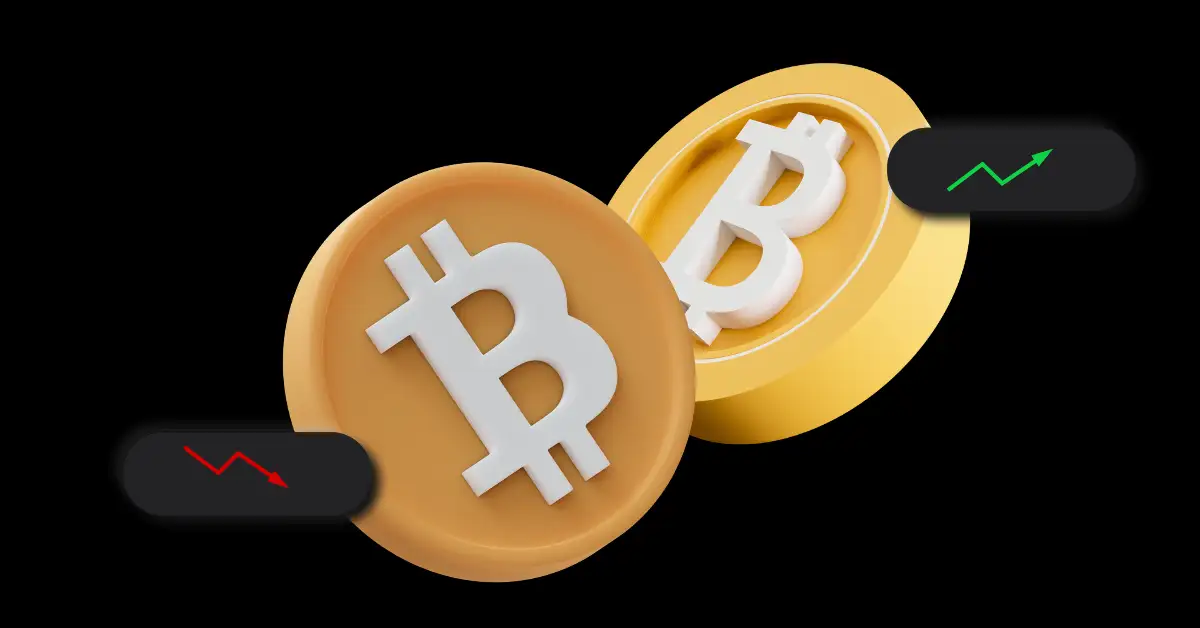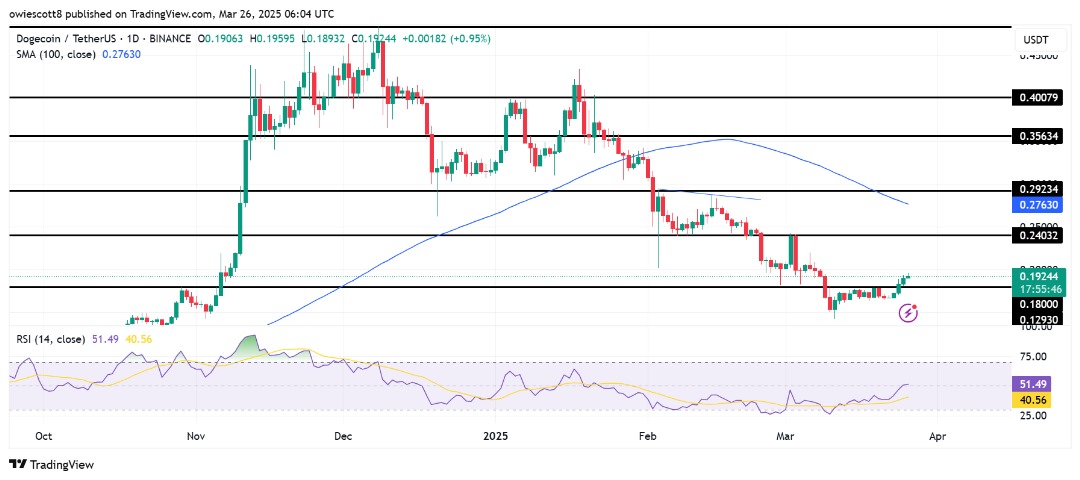Bitcoin investor stress levels remained moderate despite correction from all-time highs
Glassnode report reveals reduced investor stress in maturing Bitcoin market despite significant correction from all-time highs.
Bitcoin’s ( BTC ) latest market correction from its 2024 all-time high (ATH) of over $108,000 reflects a cooling phase but relatively low levels of investor stress indicate the bull market is far from over, according to a recent report by Glassnode .
The report highlighted that the number of BTC held at an unrealized loss currently fluctuates between 2.0 and 3.5 million coins. This amount is well below the 4 million coins seen during the lows in mid-2024, signaling a less distressed market environment.
For comparison, early bear markets have historically recorded between 4 and 8 million coins underwater.
Glassnode’s data reveals that short-term holders concentrate on unrealized losses. These investors acquired Bitcoin within the past 155 days, often near the market peak.
The spot price of $94,398, registered early in the day on Jan. 15, was 9.2% above the average short-term holder cost basis of $88,400. This price places the market within the norms of a typical bull market but raises concerns about potential sell-offs if prices dip below this threshold.
The Relative Unrealized Loss metric, which compares unrealized losses to market capitalization, also stands at approximately 4.3%. The percentage is notably lower than the peaks of over 10% during crises like the 2020 COVID-19 selloff or the 2021 China mining ban.
Evolving market conditions
The Market Value to Realized Value (MVRV) ratio, an important measure of unrealized profit in the market, currently stands at 1.32. This indicates that the average Bitcoin holder has a 32% unrealized profit.
This metric suggests an underlying tone of positive sentiment despite the market’s pullback from euphoric highs.
The report also noted historical analysis showing that MVRV peaks have diminished with each successive market cycle, reflecting Bitcoin’s increasing market maturity and reduced speculative intensity.
For instance, the MVRV high reached 8.07 in 2011 but has declined to 2.78 in 2024.
To adapt to Bitcoin’s maturing market structure, Glassnode has refined its MVRV Z-Score model, employing a one-year rolling window. This updated approach captures near-term market dynamics more effectively and identifies key market phases and turning points.
Currently, Bitcoin is trading above the 1-year mean of $90,900 but below the upper bullish threshold of $112,600, suggesting the market remains in a bullish phase, albeit with a retreat from recent highs.
This is further cemented by the flagship crypto’s positive momentum to retest $100,000 following the US CPI data release on Jan. 15. As of press time, BTC was trading at $99,532, based on CryptoSlate data.
Furthermore, the report noted the shift in Bitcoin’s market behavior over time. Reduced volatility, increased institutional participation, and new spot demand driven by exchange-traded funds (ETFs) have contributed to a more stable market structure.
Despite the current correction, the metrics suggest that Bitcoin’s market remains resilient, with a positive overall outlook.
However, a sustained failure to regain upward momentum could intensify pressure on short-term holders.
Mentioned in this article
Disclaimer: The content of this article solely reflects the author's opinion and does not represent the platform in any capacity. This article is not intended to serve as a reference for making investment decisions.
You may also like
VIPBitget VIP Weekly Research Insights
The RWA (Real-World Assets) sector has been gaining significant traction in the crypto space, as it tokenizes traditional assets like real estate and bonds to bridge the gap between TradFi and DeFi. This process unlocks trillions of dollars in potential value, while enabling broader access to high-value investments through asset fractionalization, increased liquidity, and lower entry barriers. RWA also diversifies and stabilizes DeFi collateral options, addressing the sector's over-reliance on crypto-native assets and paving the way for large-scale adoption. With regulatory frameworks becoming clearer worldwide, the compliance advantages of RWAs are increasingly evident—drawing in institutional capital. What sets RWA projects apart is their connection to real-world income streams like rent and interest payments, offering more sustainable returns than purely speculative assets. These cash-flow-generating features appeal to investors seeking steady returns. As such, RWA is seen as a crucial step in the evolution of blockchain technology from concept to practicality. Its development potential and practical use cases make it an important sector in the crypto industry today.

Ethereum advances Pectra upgrade after Hoodi testnet success

Economist warns of a recession: Will Bitcoin and altcoins crash or rise?

Dogecoin Proves It’s Not Dead – $0.18 Retest Could Be The Beginning

